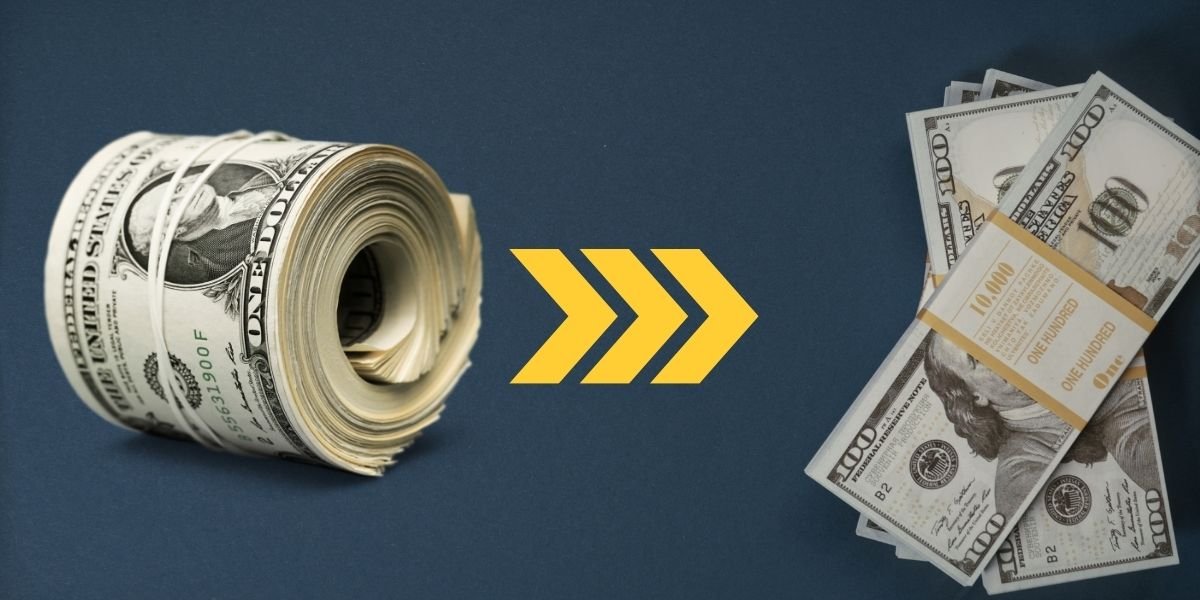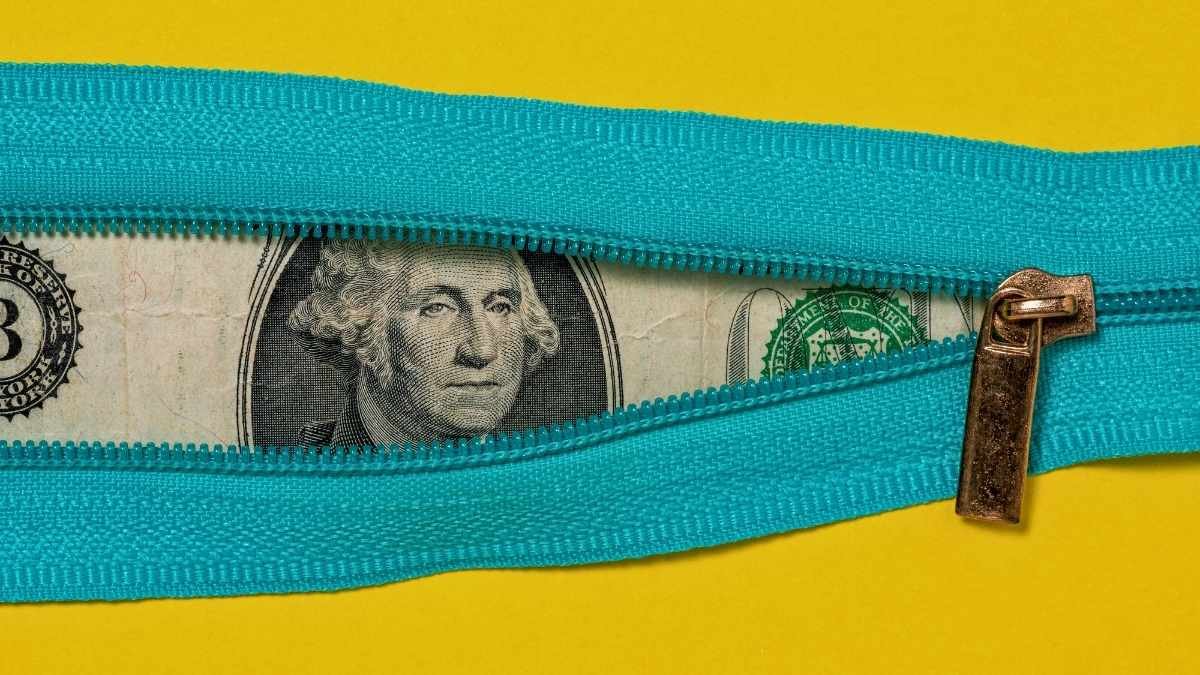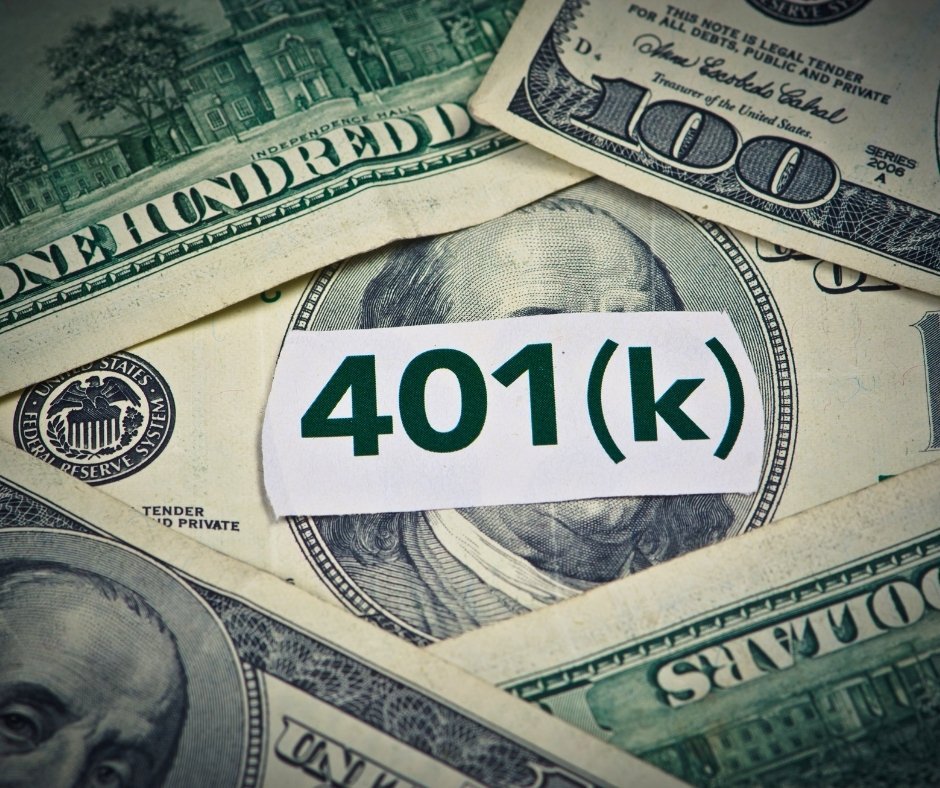
The 401(k) plan has become a cornerstone of American retirement planning since its inception in 1978. What started as a tax loophole for executives has evolved into the primary retirement savings vehicle for millions of workers.
According to the Investment Company Institute, there were approximately 60 million active 401(k) participants in the United States as of 2022, with total assets exceeding $7 trillion. The narrative pushed by employers, financial advisors, and the media is consistent: contribute to your 401(k), especially up to the employer match, and you’ll be set for a comfortable retirement.
But beneath this glossy surface lies a growing chorus of critics who argue that 401(k)s are fundamentally flawed—perhaps even a scam. As someone who has spent years researching personal finance strategies and interviewing both everyday savers and ultra-wealthy individuals, I’ve come to understand why this controversy exists.
The 401(k) system, while well-intentioned, creates a false sense of security and often benefits financial institutions more than the savers themselves. In this article, we’ll dissect the myths surrounding 401(k)s and explore what the wealthy do differently to build and protect their fortunes.
The Tax-Deferral Mirage: A Time Bomb Waiting to Explode?
The primary selling point of 401(k)s is tax deferral—the idea that you can contribute pre-tax dollars now and pay taxes later in retirement when you’re presumably in a lower tax bracket. This sounds appealing, but it’s built on shaky assumptions. First, it assumes that tax rates will remain stable or decrease over the next few decades, which seems increasingly unlikely given the United States’ mounting national debt (currently over $31 trillion) and the growing number of Social Security and Medicare beneficiaries.

The Society of Actuaries has pointed out a critical flaw in this logic: if tax rates remain unchanged, the timing of tax payments (whether at the beginning or end) doesn’t affect the final amount of money left to the individual. In other words, you’re not necessarily saving money on taxes; you’re just delaying the inevitable. Worse, if tax rates rise—as many economists predict— you could end up paying more in taxes when you withdraw the money than you would have paid upfront.
Consider this: in 1980, the top federal income tax rate was 70%. While today’s rates are lower, the trend toward higher taxes to fund social programs and address debt is clear. By locking your money in a 401(k), you’re essentially making a bet that future politicians will exercise fiscal restraint—a bet I wouldn’t make with my own money.
The Employer Match Mirage: Free Money or a Clever Salary Reduction?
“Always contribute enough to get the full employer match—it’s free money!” This advice is repeated so often that it’s practically a personal finance commandment. But is it really free? Research from the Center for Retirement Research suggests that employers often offset their matching contributions by reducing employees’ salaries. In other words, that “free” money might just be your own money repackaged.

Moreover, employer matches come with strings attached. Vesting schedules can require you to stay with a company for several years before you fully own those contributions. If you leave before vesting, you forfeit a portion of the match. During the pandemic, many employers suspended or reduced their 401(k) matches, proving that this benefit isn’t guaranteed.
From my conversations with financial planners, I’ve learned that the employer match often serves as a golden handcuff, keeping employees tied to jobs they might otherwise leave. The psychological impact of leaving “free money” on the table can be powerful, but it’s essential to consider the broader financial picture, including career growth opportunities and overall compensation.
The Fee Vortex: How 401(k) Fees Devour Your Savings
401(k) fees are the silent wealth killer that most participants never notice. According to Brightscope, the average annual fee for participants in small 401(k) plans (those with less than $10 million in assets) ranges from 1.5% to 2%, while large plans (over $100 million) average nearly 1%. These percentages might seem small, but their impact over time is devastating.

A Department of Labor report illustrates this perfectly: a 1% annual fee can reduce the value of savings by 28% over 35 years. For a worker contributing $10,000 annually with a 7% return, this translates to losing over $590,000 to fees. These fees fund the financial institutions managing the plans, creating a system where Wall Street profits regardless of market performance.
I’ve reviewed countless 401(k) statements for friends and family, and the fee disclosures are often buried in jargon-filled documents. Even when participants are aware of fees, they rarely understand their true cost. It’s like paying a 28% sales tax on your retirement savings—a tax that benefits financial institutions, not you.
The Liquidity Lockdown: Your Money, But Not Really
Funding a 401(k) is like putting your money in a prison with a 59.5-year sentence. Accessing funds before this age triggers a 10% penalty on top of regular income taxes. This lack of liquidity can be catastrophic in emergencies. According to a 2021 survey by Bankrate, only 44% of Americans could cover a $1,000 emergency expense from savings, forcing many to rely on high-interest credit cards or loans.

The irony is that while 401(k)s are marketed as tools for financial security, they can actually increase financial vulnerability. I’ve heard stories of individuals raiding their retirement accounts to pay for medical emergencies or job losses, only to face penalties that compound their financial distress.
This lack of control over your own money is particularly problematic for entrepreneurs or those considering career changes. The 401(k) system penalizes risk-taking and mobility, traits that are often rewarded in the wealth-building strategies of the rich.
The Market Return Myth: Are You Really Beating Inflation?
The assumption that 401(k)s, invested primarily in mutual funds, will deliver strong market returns over the long term is increasingly questioned. The DALBAR study, which tracks investor behavior, reveals a sobering reality: over the last 20 years, the average equity mutual fund investor earned only 4.25% annually, barely beating inflation by 2.1%. This underperformance is largely due to poor timing—buying high and selling low—driven by market volatility and emotional decision-making.
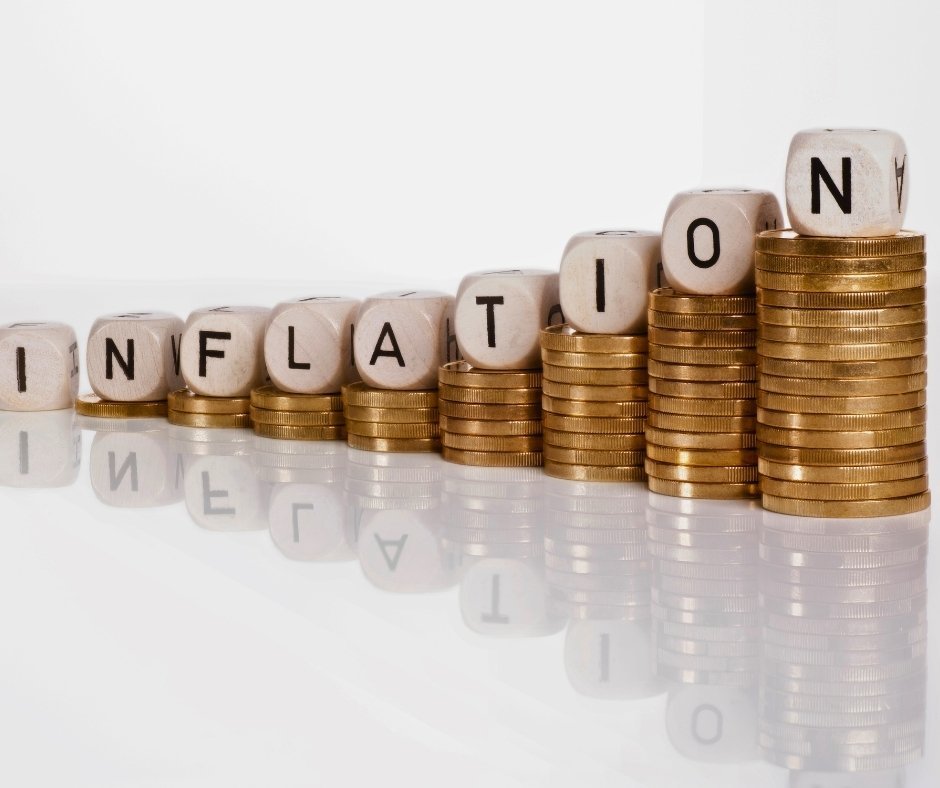
Wall Street has perpetuated the myth that significant risk is necessary for decent returns, leading many to blindly invest in 401(k)s without understanding the underlying assets. The 2008 financial crisis and the 2020 market crash served as wake-up calls for many investors who watched their retirement accounts plummet by 30-50%.
From my experience interviewing wealthy individuals, I’ve noticed a common theme: they focus on preserving capital as much as growing it. They understand that avoiding losses is often more important than chasing high returns, a principle that 401(k) participants would do well to adopt.
The Great 401(k) Experiment: A Failed Retirement Solution?
After 40 years, the 401(k) experiment has been declared a failure by many experts. Labor economist Teresa Ghilarducci has been particularly critical, stating that the system has left most Americans unprepared for retirement. The numbers support this view: according to the Federal Reserve’s 2022 Survey of Consumer Finances, the median retirement account balance for families aged 55-64 is just $134,000—hardly enough to fund a 20-30 year retirement.

Even Ted Benna, the “father” of the 401(k), has disowned his creation, calling it an “out of control monster.” Benna now invests most of his own money in alternative strategies like high cash value, dividend-paying whole life policies—a far cry from the mutual funds he helped popularize.
The failure of the 401(k) system is particularly evident among low-income workers, who often lack access to employer-sponsored plans or can’t afford to contribute. This has exacerbated wealth inequality, creating a retirement system that works well for the wealthy but leaves many behind.
Why Rich People Shun 401(k)s: The Ultra-Wealthy’s Investment Strategies
Ultra-wealthy individuals often avoid 401(k)s for several reasons. First, many don’t have employers to sponsor plans—they’re business owners, entrepreneurs, or investors who control their own financial destinies. Second, they prefer specialized money management firms that offer customized strategies rather than one-size-fits-all mutual funds.

Data from the Bureau of Labor Statistics shows that higher earners are more likely to participate in 401(k)s, but this doesn’t necessarily mean they rely on them as their primary wealth-building tool. Many use 401(k)s as a tax deduction while directing the bulk of their savings into more lucrative investments.
From my interviews with wealthy individuals, I’ve learned that they prioritize control, flexibility, and tax efficiency in their investments—qualities that 401(k)s often lack. They understand that true wealth comes from owning assets, not just saving a portion of their salary in a tax-deferred account.
The Allure of Alternative Investments: What Rich People Do Instead
The wealthy favor alternative investments that offer greater control and potentially higher returns than traditional 401(k) options. Real estate is a popular choice, providing both cash flow and appreciation. Private equity and hedge funds, while riskier, offer access to investment opportunities unavailable to the average investor.

Cash value life insurance policies, particularly high cash value whole life policies, are another favorite among the wealthy. These policies offer tax-free growth, liquidity through policy loans, and a death benefit that can be used for estate planning. While often criticized by financial media, these policies are staples in the portfolios of many wealthy families I’ve interviewed.
The key advantage of these alternatives is their ability to generate passive income and preserve capital in ways that 401(k)s cannot. They also offer greater flexibility, allowing investors to adapt to changing market conditions and personal circumstances.
The Bank On Yourself Strategy: A Safe and Flexible Alternative
One specific alternative gaining traction is the Bank On Yourself strategy, which utilizes specially designed whole life insurance policies. This approach offers guaranteed growth, liquidity through policy loans, and tax advantages. Unlike 401(k)s, these policies don’t penalize you for accessing your money early and can serve as a source of emergency funds or investment capital.

I’ve spoken with several individuals who have implemented this strategy, and they consistently report feeling more in control of their finances. One client shared how he used his policy to fund a business expansion without jumping through hoops at a bank. Another used policy loans to cover medical expenses during a job transition, avoiding the penalties and taxes that would have applied to a 401(k) withdrawal.
The psychological benefit of this strategy is significant. Knowing that your savings are accessible and growing predictably can reduce financial stress and empower better decision-making.
The Roth 401(k) and Roth IRA: A Different Tax Approach
Roth 401(k)s and Roth IRAs offer an alternative to traditional 401(k)s by allowing individuals to pay taxes upfront in exchange for tax-free withdrawals in retirement. This can be advantageous for those who believe future tax rates will be higher, as it locks in today’s tax rates.
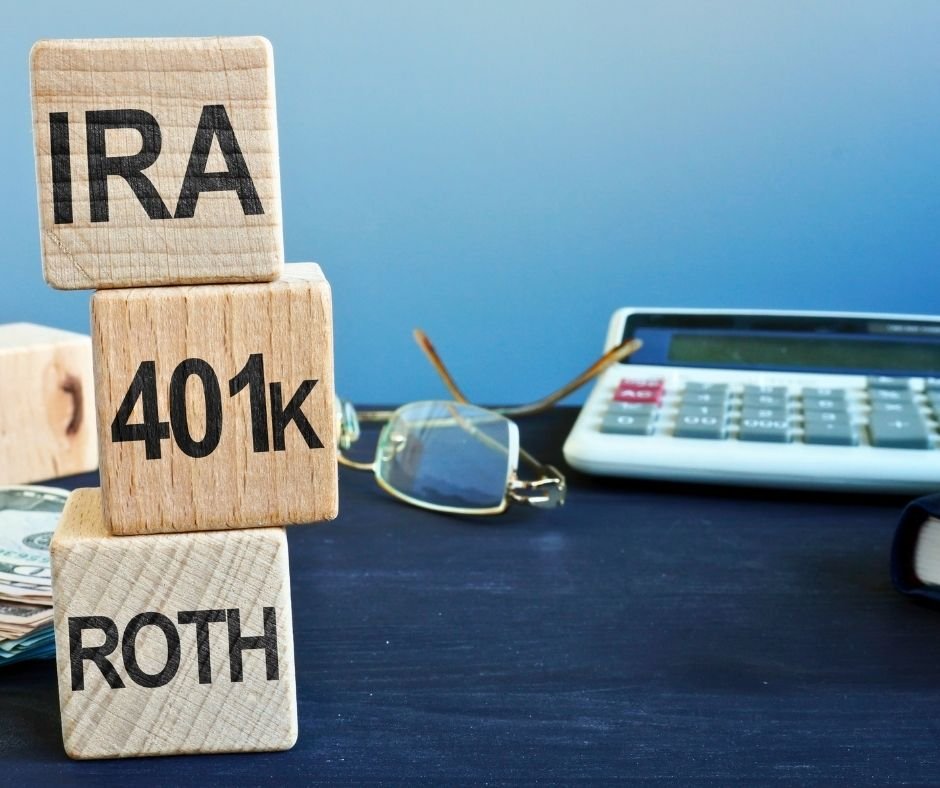
However, Roth accounts come with their own limitations. Contribution limits are lower than traditional 401(k)s, and high earners may be ineligible for Roth IRAs. Additionally, the same market risks and fee issues that plague traditional 401(k)s apply to Roth accounts as well.
From a planning perspective, Roth accounts can be useful for tax diversification—having both pre-tax and post-tax savings allows for more flexibility in managing retirement income. But they shouldn’t be viewed as a complete solution to the problems inherent in the 401(k) system.
The Importance of Diversification: Beyond the 401(k)
Diversification is a fundamental principle of investing, yet many 401(k) participants have limited options, often restricted to a handful of mutual funds. True diversification requires looking beyond employer-sponsored plans to include real estate, private investments, and other assets.

A diversified portfolio can help mitigate risk and improve overall returns. For example, adding real estate investments can provide steady cash flow and inflation protection that stocks and bonds alone cannot offer. Private investments in businesses or startups, while riskier, can generate outsized returns that boost long-term wealth.
I’ve seen the benefits of diversification firsthand in my own portfolio. By allocating a portion of my savings to real estate and alternative investments, I’ve been able to weather market downturns more effectively than when I relied solely on mutual funds.
The Role of Financial Education: Empowering Yourself to Make Better Choices
The 401(k) system often promotes a “set it and forget it” mentality, encouraging participants to contribute automatically and trust that the plan will take care of their retirement needs. This passive approach can be dangerous, as it discourages critical thinking about financial decisions.

Financial education is essential for making informed choices about retirement savings. Understanding concepts like tax efficiency, asset allocation, and risk management empowers individuals to take control of their financial future. Resources like books, online courses, and financial advisors can provide the knowledge needed to navigate complex financial landscapes.
From my experience teaching personal finance workshops, I’ve seen how education transforms people’s relationship with money. Participants who take the time to learn about investing and wealth-building strategies consistently make better decisions than those who rely solely on employer-sponsored plans.
Conclusion
The 401(k) system, while well-intentioned, is fundamentally flawed. Built on assumptions about tax rates, market returns, and employer generosity that often don’t hold true, it creates a false sense of security while benefiting financial institutions more than savers. The wealthy understand this, which is why they favor alternative strategies that offer greater control, flexibility, and tax efficiency.
Rethinking your approach to retirement savings doesn’t mean abandoning all traditional methods. It means educating yourself, diversifying your investments, and considering alternatives that align with your goals and circumstances. Whether it’s exploring real estate, private investments, or strategies like Bank On Yourself, the key is to take an active role in your financial future.
The path to financial security isn’t found in blindly following conventional wisdom. It’s found in questioning assumptions, seeking knowledge, and making informed decisions. By doing so, you can build a retirement strategy that truly serves your interests—not those of Wall Street or your employer. The wealthy have known this for years; it’s time the rest of us caught on.

